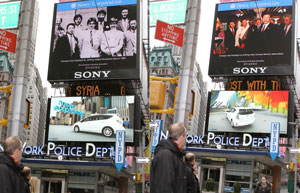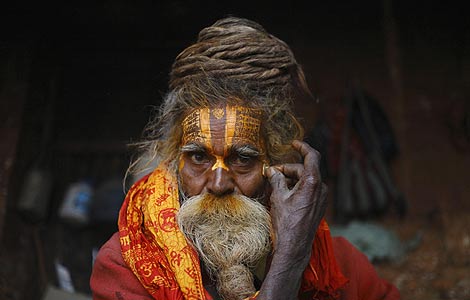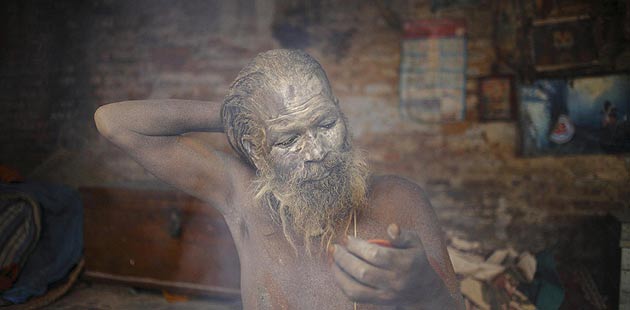Museum planned for ancient copy of Quran
Updated: 2012-02-15 20:58
(Xinhua)
|
|||||||||
DONGXIANG, Gansu - A county in Northwest China's Gansu province will spend 4 million yuan ($636,000) to build a museum for the preservation of a 1,000-year-old copy of the Quran.
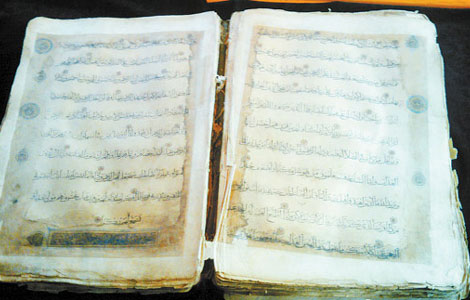 |
|
The 1,000-year-old copy of Quran.[Photo by Liu Xiaolei/Lanzhou Morning News] |
Officials from the Dongxiang autonomous county said the money will be used to build an 800-square-meter museum with exhibition halls, digital display systems and surveillance system.
The museum will use advanced methods to preserve the ancient document and slow its deterioration. Construction on the museum is scheduled to start in April and will be finished by the end of the year.
The ancient copy of the Quran, which is written in Arabic and consists of 536 pages, was discovered in Dongxiang in 2009.
Experts from China, Britain and Japan analyzed the document, saying it was likely created between the 9th and 11th centuries.
"The copy has been classified as 'class A' cultural property under national protection and is likely to be one of the earliest copies of the Quran in existence," said Imam Ma Qingfang, a local religious leader.
Ma said he has refused outside offers for the document, believing it to be priceless and referring to it as the "book of soul" of the people of Dongxiang.
According to Ma, the county owns 46 copies of the Quran, as well as several books that explain the document, several of which date back hundreds of years.
"The document is of great significance for the study of the history of Dongxiang's ethnic groups, the history of Islam in China and Chinese civilization," said Chen Hailong, deputy head of Dongxiang county.
Chen said part of the money used to build the museum will be raised by the local government, while the Gansu provincial government and central government will also contribute.
The county also plans to renovate the residences featuring characteristics of the ethnic population near the museum.
Hot Topics
Wu Ying, iPad, Jeremy Lin, Valentine's Day,Real Name,Whitney Houston,Syria,Iranian issue,Sanyan tourism,Giving birth in Hong Kong,Cadmium spill,housing policy
Editor's Picks
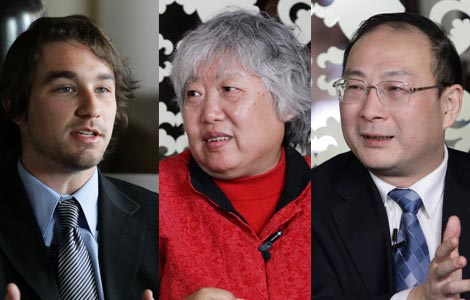
|
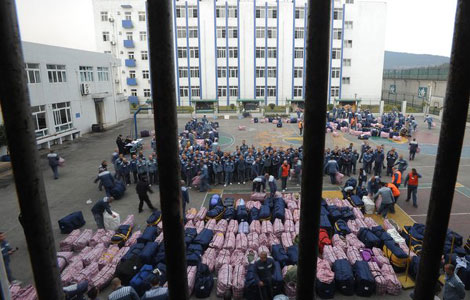
|

|
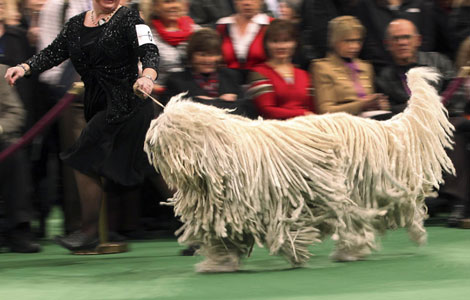
|
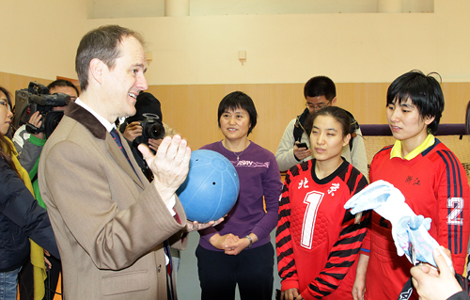
|

|

